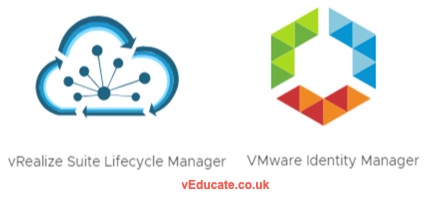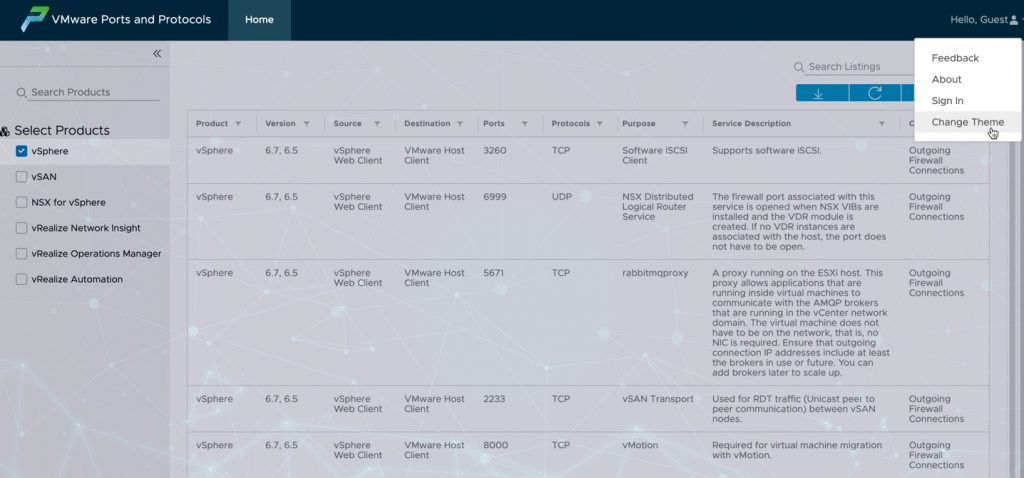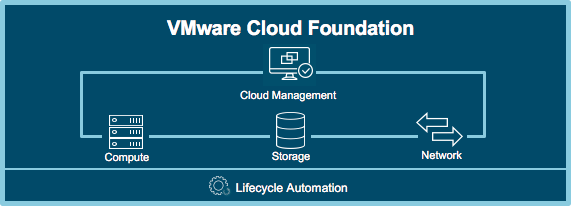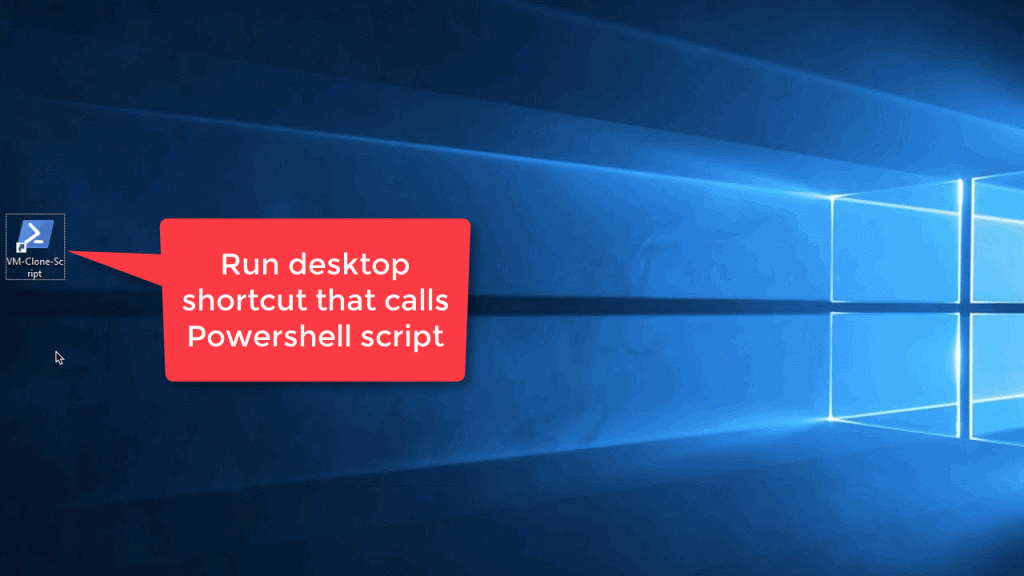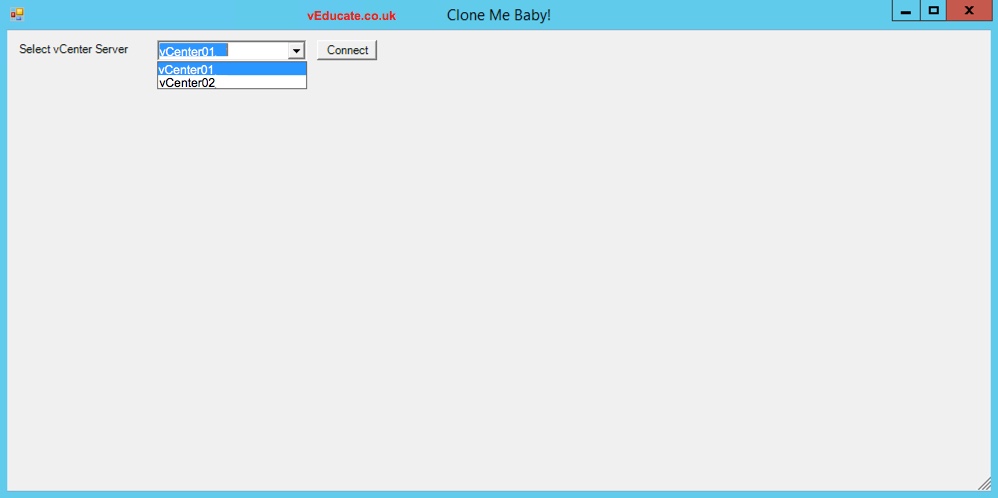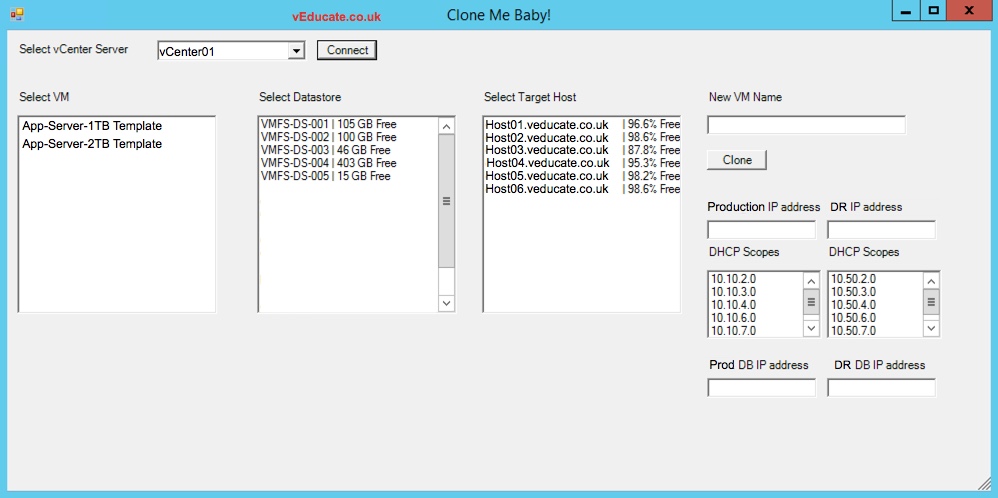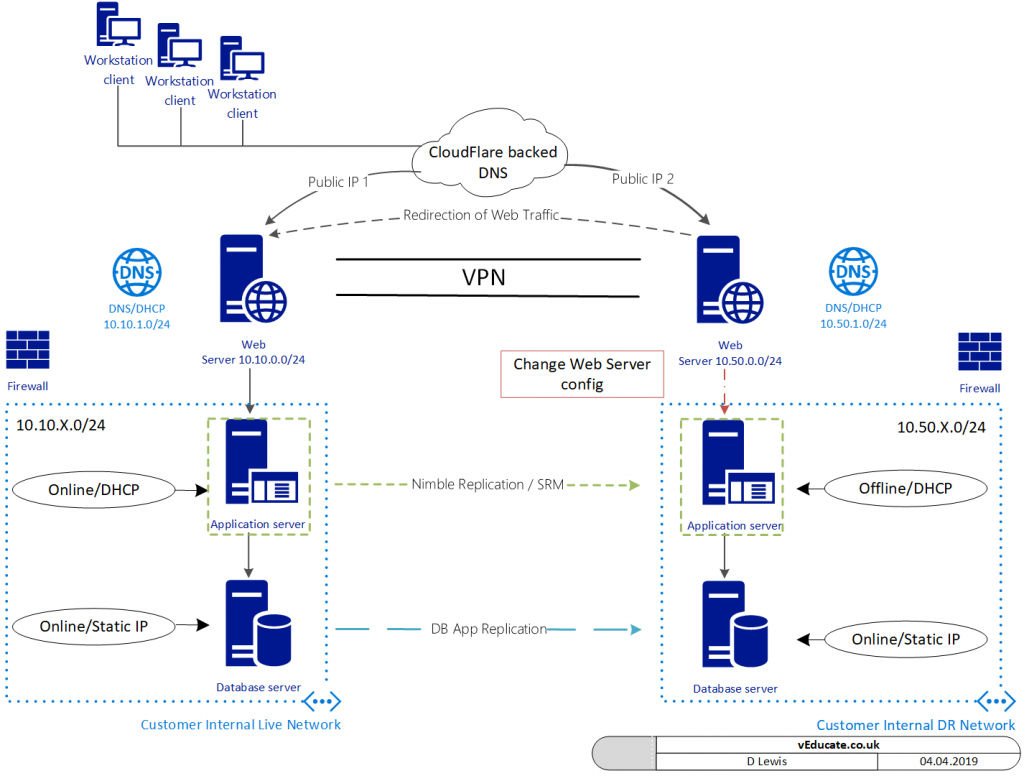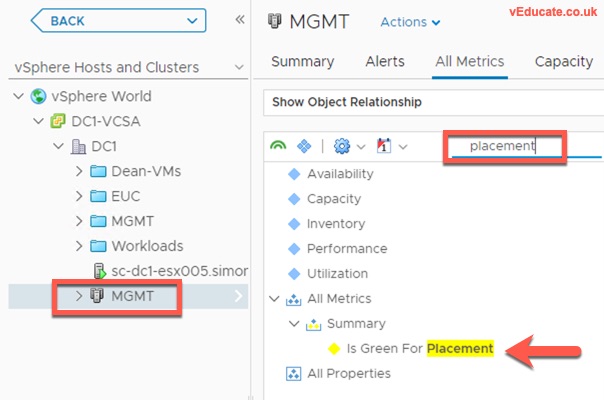VMware vRealize LifeCycle Manager 8 released earlier this week, 17th October 2019.
Note the official name and abbreviation, its a long one!
- vRSLCM (vRealize Suite LifeCycle Manager)
You can find the supporting official documentation here;
What's New Blog Link: What's New Blog Post Download Link: Product Download Release Notes: Release Notes Documentation Link: Resources
Migration Process
The best news about this release is the “easy installer“, which also allows you to migrate from older versions. In this post, I’ve documented the screenshots in steps for you, as I know many of you out there like to see the end to end process before you undergo an update yourself, so you know what to expect.
During this migration process the following will happen;
- New LCM virtual appliance deployed
- New IDM appliance deployed (unless you select to link to an existing environment)
- Existing LCM settings and content will be migrated
Migration Process Screenshots
Continue reading VMware vRealize LifeCycle Manager 8 – Migration Process Screenshots
